
Venezuelan Government is Using Deepfaked Presenters to Spread Disinformation
Venezuela's government is using faked artificial intelligence-generated television presenters to spread disinformation.

Venezuela's government is using faked artificial intelligence-generated television presenters to spread disinformation.
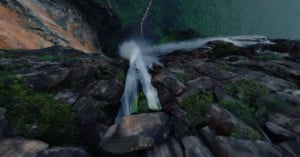
Filmmaker Ellis van Jason has published a video where he takes his first-person-view (FPV) drone straight over the edge of Angel Falls, the tallest waterfall in the world. Without this type of drone, the jaw-dropping view would otherwise be impossible to capture quite like this.
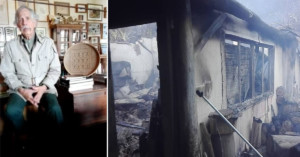
A renowned Venezuelan explorer and naturalist lost a lifetime of work last week after a house fire broke out and burned down his studio. Among the losses were photographs captured during over 200 expeditions spanning roughly 70 years.
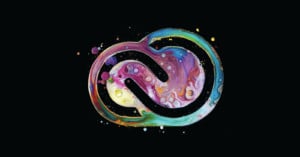
Adobe has been granted a license by the US government to keep serving creatives in Venezuela, allowing the company to overturn a very controversial decision from earlier this month.
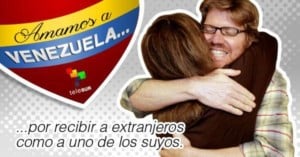
Here's a rather humorous example of why it's important to source your photographs correctly and carefully. Venezuela's state run television has taken down a photo after it was discovered that they had been trying to promote tourism with a photo of an American that had been detained.
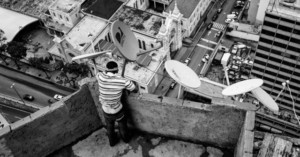
The Tower of David in the Venezuelan capital city of Caracas is an unfinished skyscraper and the third tallest building in the country. The construction of the tower came to an abrupt halt in 1994 due to the Venezuelan banking crisis, and it was quickly taken over by squatters. Thus, for years the building was known as the "tallest slum in the world."
24-year-old photographer Alejandro Cegarra spent time with the residents and documented their way of life through images. The resulting project is titled, "The Other Side of the Tower."
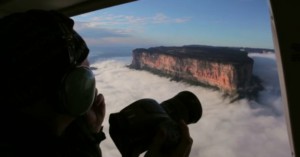
On November 18, 1933, aviator Jimmie Angel became the first American to catch a glimpse of the tallest waterfall in the world -- a natural wonder that would eventually be named for him. Four years later, he returned to Venezuela and Angel Falls, crash landing on top of one of the flat-topped mountains in the area and having to hike 11 days with little food or water to the nearest village.
Photographer Philip Lee Harvey wanted to see these places for himself, and so he followed in Angel's footsteps, photographing the breathtaking sights along the way. The behind-the-scenes video above shows you how that adventure went down.
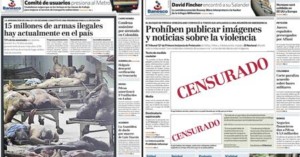
A Venezuelan court ordered newspaper El Nacional not to print violent images after the paper published a controversial image of dead bodies piled up in a Caracas morgue.
The photo, taken by an El Nacional photographer in December, ran with a story last Friday about security problems in the country. On Monday, the image was picked up by another newspaper, Tal Cual.
The Venezuelan government deemed the decision to run the photo as a part of a campaign criticizing current president Hugo Chavez, in light of the upcoming September elections.
The court ordered El Nacional and Tal Cual to not publish violent photos, saying the ruling is to protect children:
"(The print media) should abstain from publishing violent, bloody or grotesque images, whether of crime or not, that in one way or another threaten the moral and psychological state of children."
El Nacional responded to the ruling on Wednesday by running a front-page story about what they call censorship, along with large blank spaces with "Censored" stamped across where photos usually run.